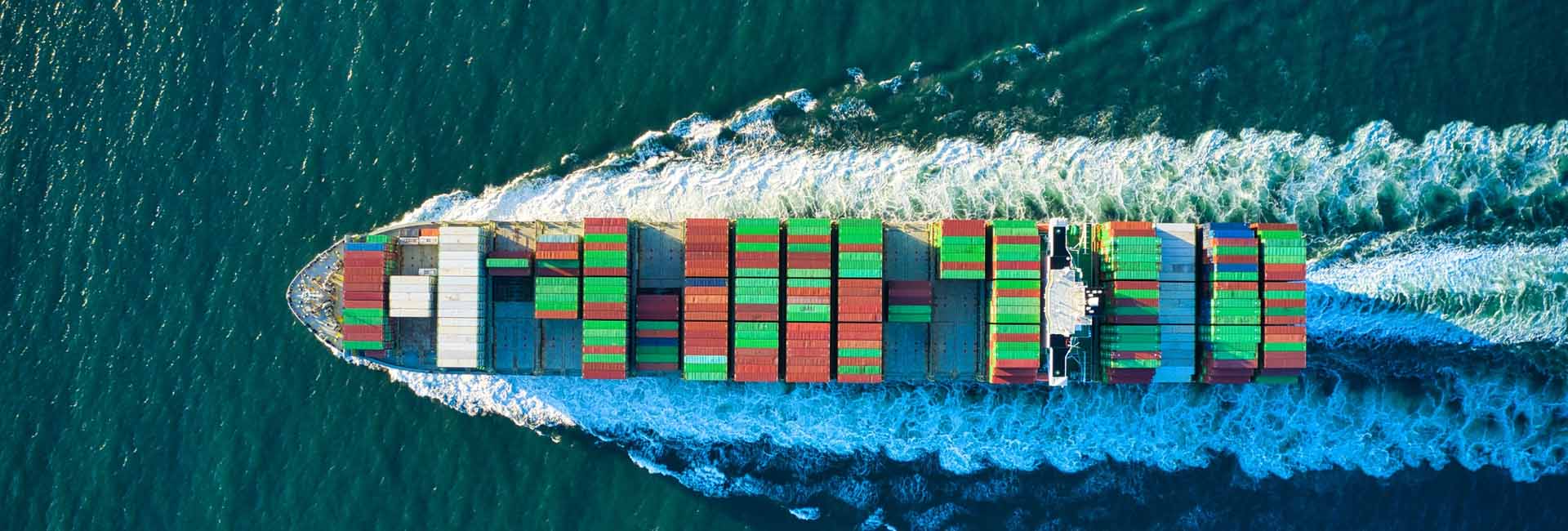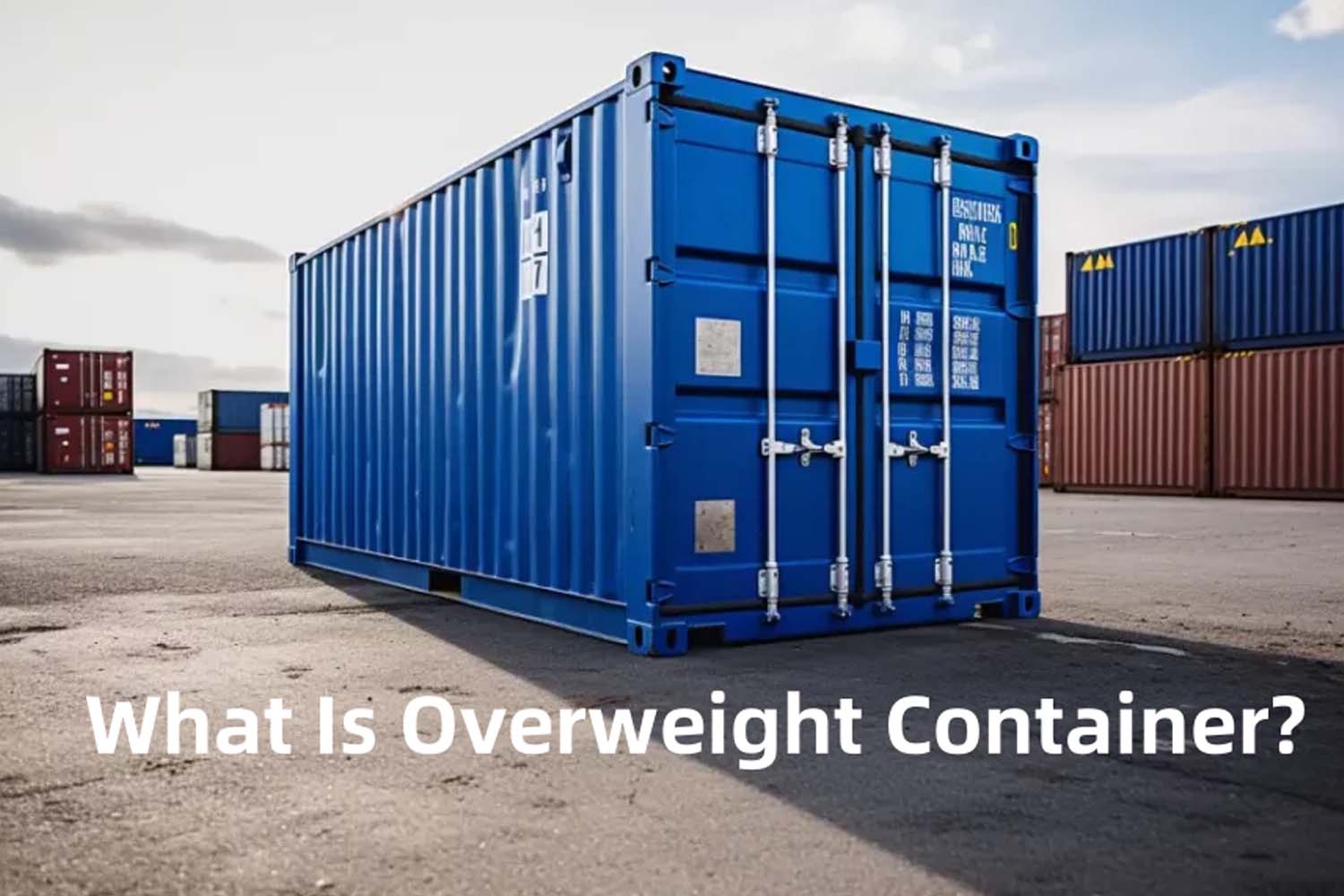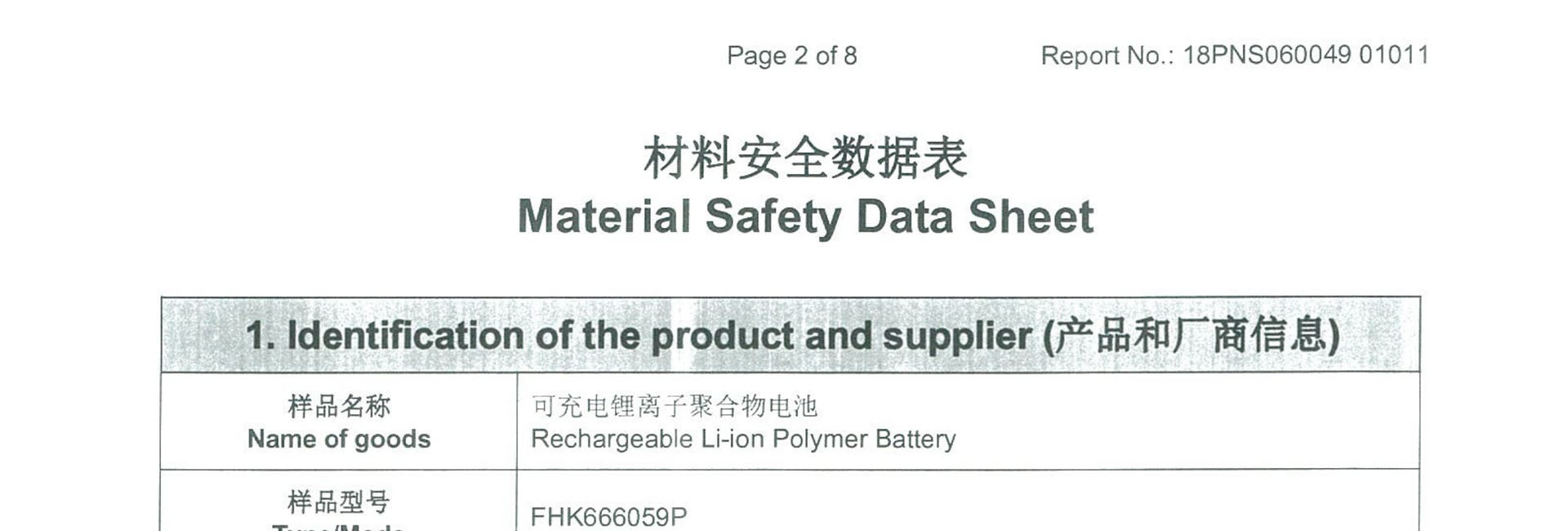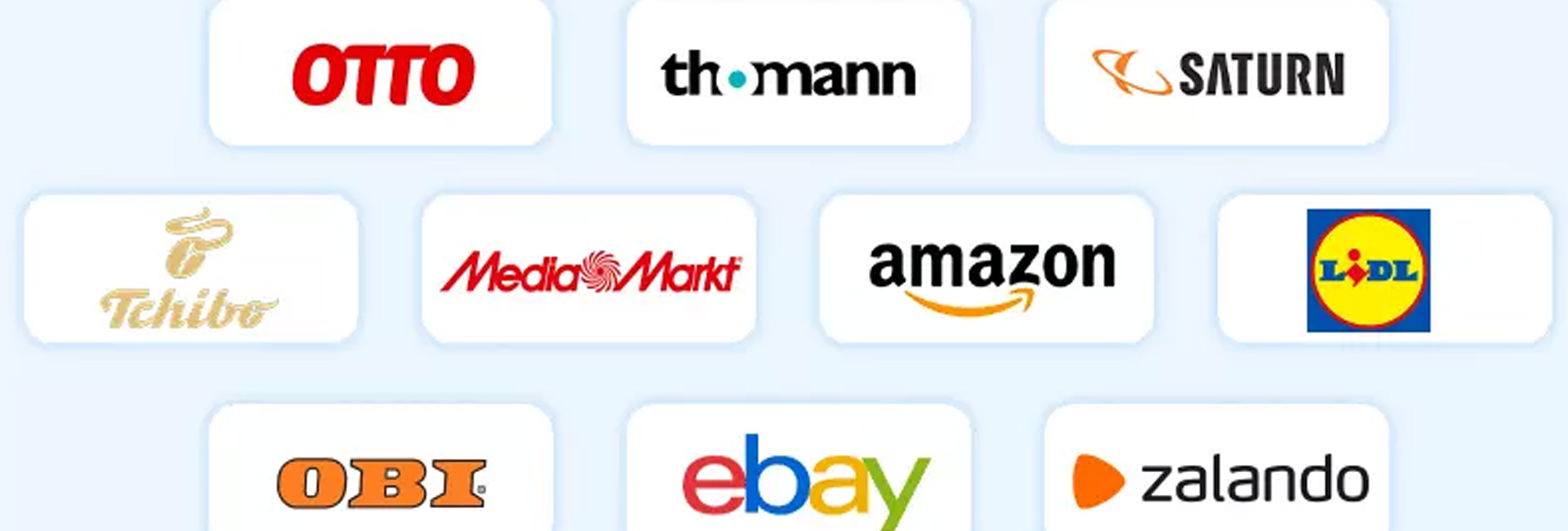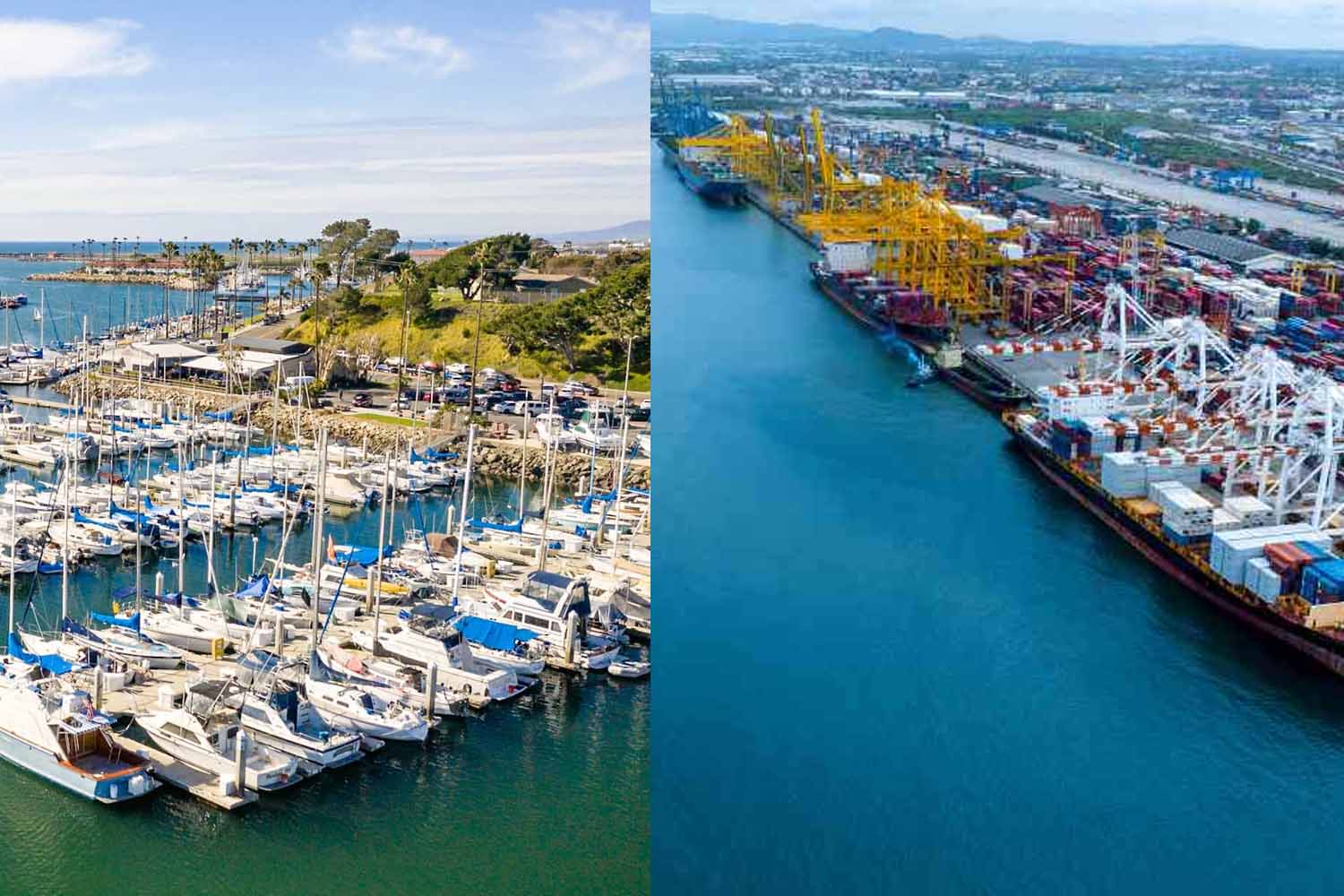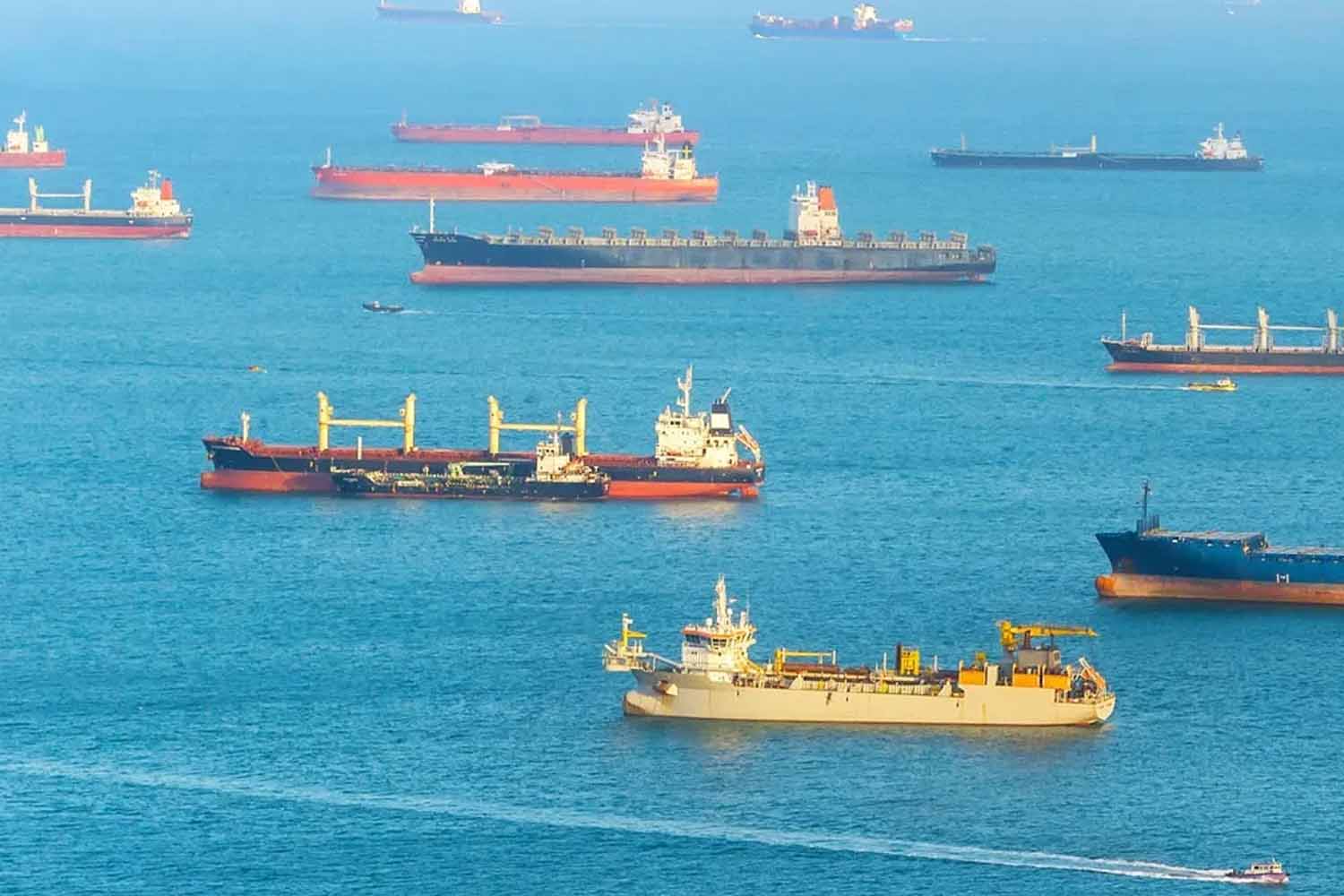Ocean plus last-mile express delivery (Sea-Express) refers to a logistics model where goods are shipped via ocean freight to the destination port, followed by last-mile delivery through local couriers (e.g., FedEx or UPS). This method is ideal for small-batch shipments (under 2 CBM) or e-commerce orders requiring door-to-door service.
Advantages:
Faster customs clearance (typically using express clearance channels). Flexible final-mile delivery, suitable for small parcels.
Disadvantages:
Higher per-unit costs (charged by weight or volume). Costs increase significantly for large shipments. This model balances speed and convenience for lightweight, time-sensitive cargo.
Let’s explaine more about this mode:
1. Detailed Process Flow
- Ocean Leg: Goods consolidated as LCL or FCL at origin ports (e.g., Ningbo/Hamburg), with 12-22 day transit times (US West Coast routes).
- Express Customs: Leveraging courier clearance channels (DDP terms) for sub-24h clearance vs 3-5 days in traditional海运.
- Last Mile: FedEx/UPS handles door delivery (including remote areas with surcharges), with real-time tracking visibility.
- End-to-End Timeline: 16-26 days China-US, 20-30 days China-EU (excluding peak season delays).
2. Key Applications
- Ideal Cargo:
- E-commerce parcels (≤30kg/0.5CBM per piece)
- Time-sensitive replenishment (inventory turnaround <30 days)
- Industry Adoption:
- 68% of Amazon FBA sellers use Sea-Express for cost/balance
- Emerging DTC brands (e.g., TikTok Shop sellers) favor sub-$5/kg rates
3. Advantages vs Limitations
| Factor | Benefits | Drawbacks |
|---|---|---|
| Speed | 50% faster than standard海运 | 15% slower than premium air freight |
| Cost | 3.2−5.8/kg (vs 9−15 for air cargo) | Volumetric weight penalizes low-density items |
| Flexibility | Accepts shipments from 0.01CBM | Bans 9类危险品(锂电池/香水等) |
| Reliability | 98% on-time delivery for FCL shipments | Typhoon season disrupts sailing schedules |
4. 2024 Market Insights
- Volume: Global Sea-Express reached 4.2M TEU in 2023 (Drewry data), with 19% YoY growth in cross-border e-commerce.
- Pricing: Average rates dropped to $4.1/kg (-18% YoY), but BAF surges to 22% of total cost amid oil volatility.
- Innovations:
- Maersk’s “TradeLens” blockchain cuts documentation time by 40%
- Flexport’s AI predicts port congestion with 85% accuracy
5. Future Evolution
- Tech Integration:
- Automated X-ray scanning at ports (试点上海洋山港)
- Drone-assisted container unloading (DP World试验项目)
- Service Models:
- “Sea-Express + Micro-Fulfillment” hybrid networks (3PLs like ShipBob leading)
- Carbon-neutral options via biofuel vessels (CMA CGM’s 2025 target)
- Regulatory Shifts:
- EU’s new pre-declaration rules (2025) may add 1-2 days to clearance
- US Customs’ 24/7 clearance mandate to reduce dwell time by 30%
Strategic Recommendations
- For 2-10kg shipments: Sea-Express saves 35% vs air freight while maintaining <30-day delivery
- Monitor BAF fluctuations – Q4 2024 forecasts show 8-12% increase
- Partner with 3PLs offering hybrid solutions (e.g.,海运+海外仓一件代发)




